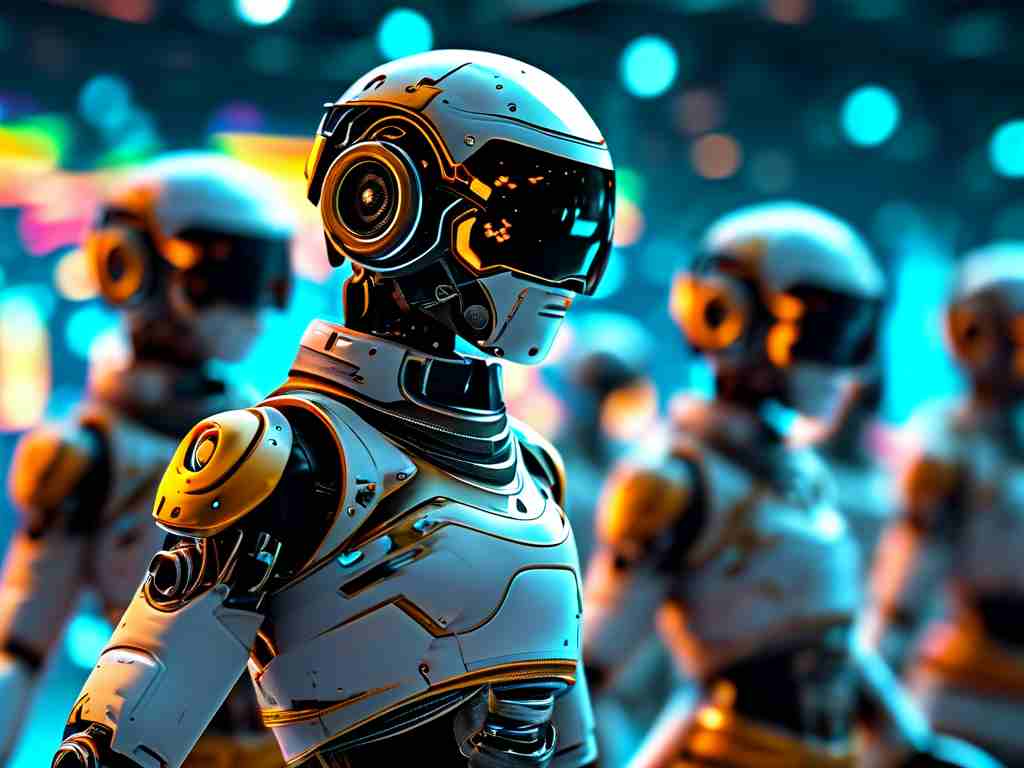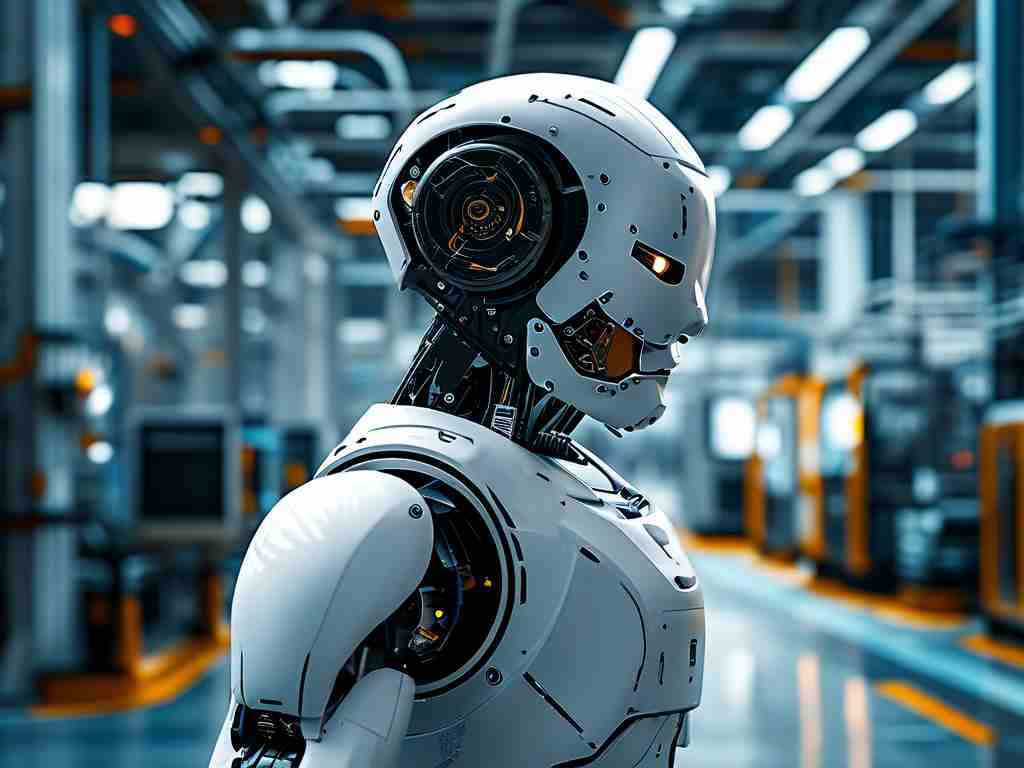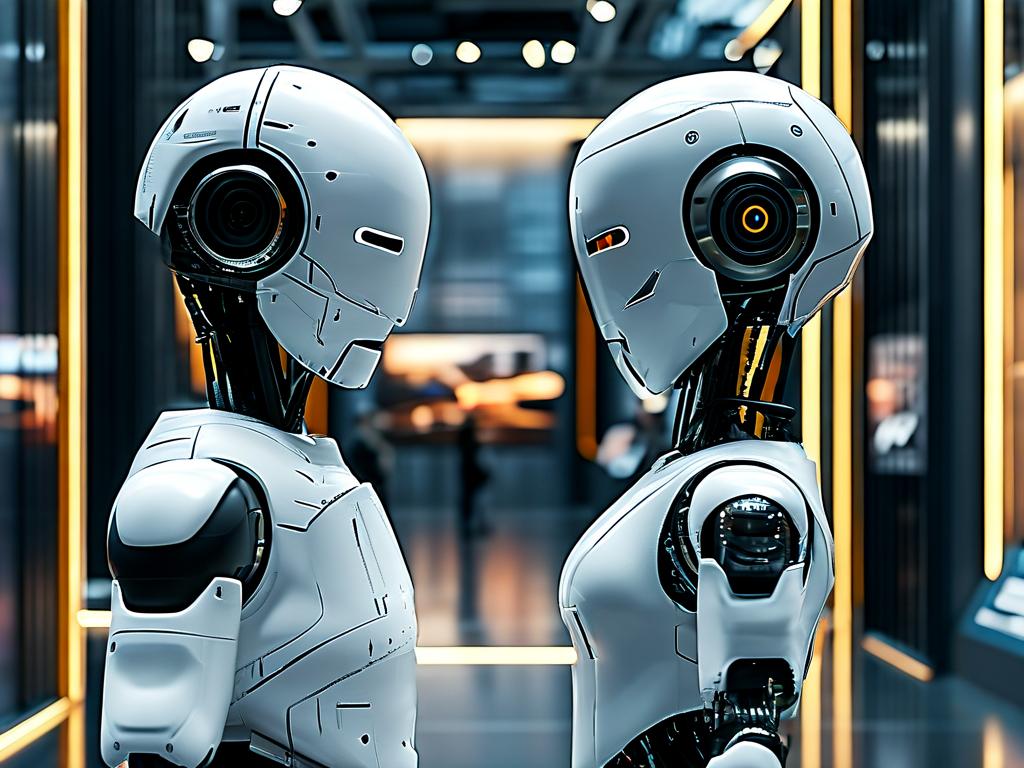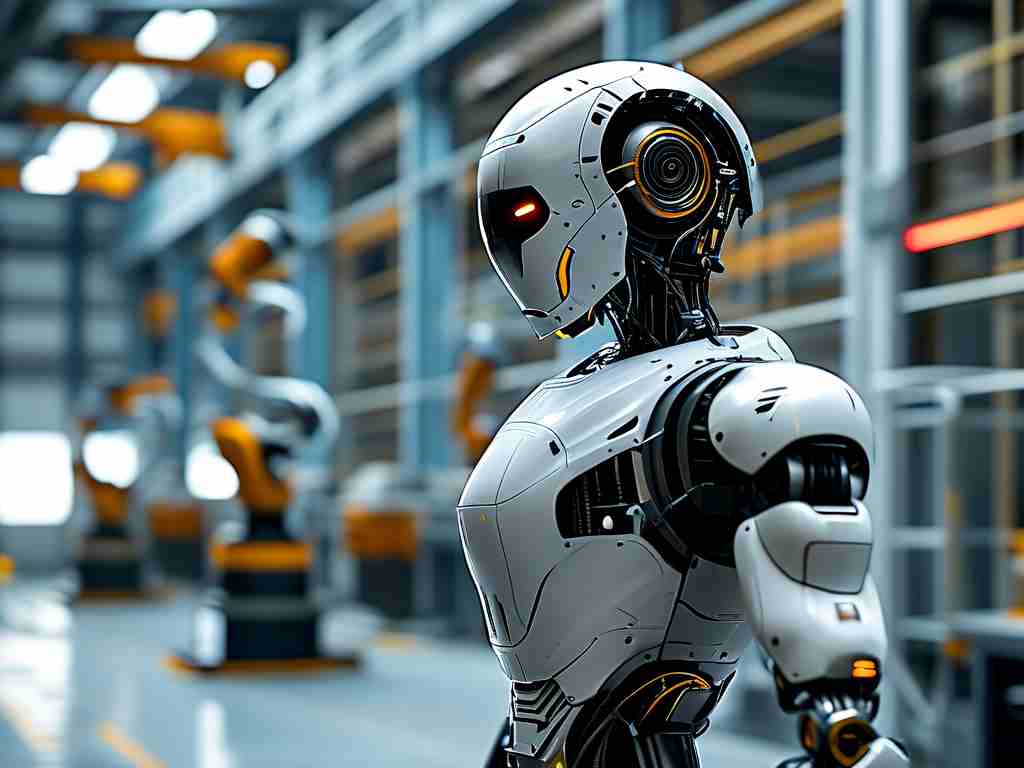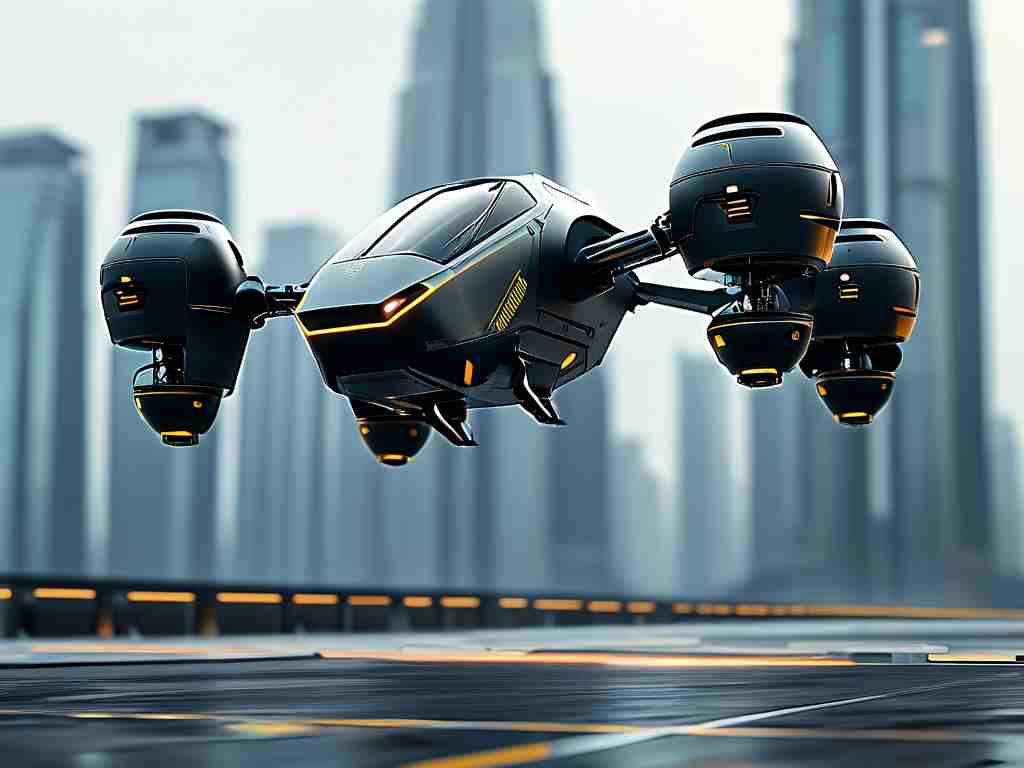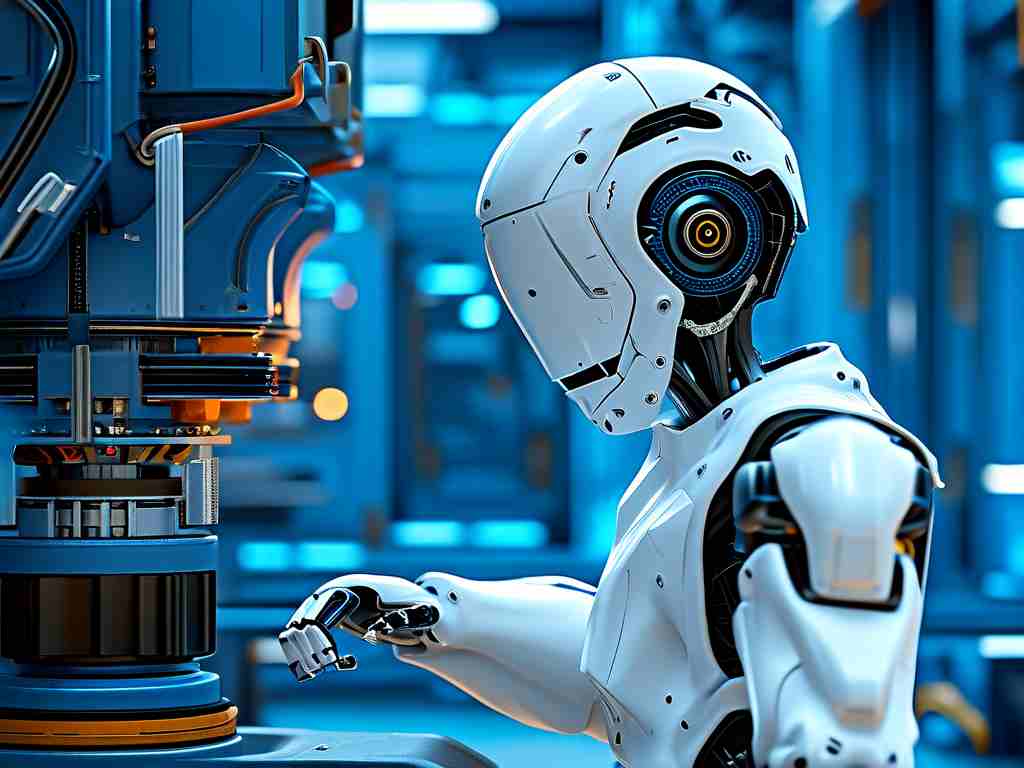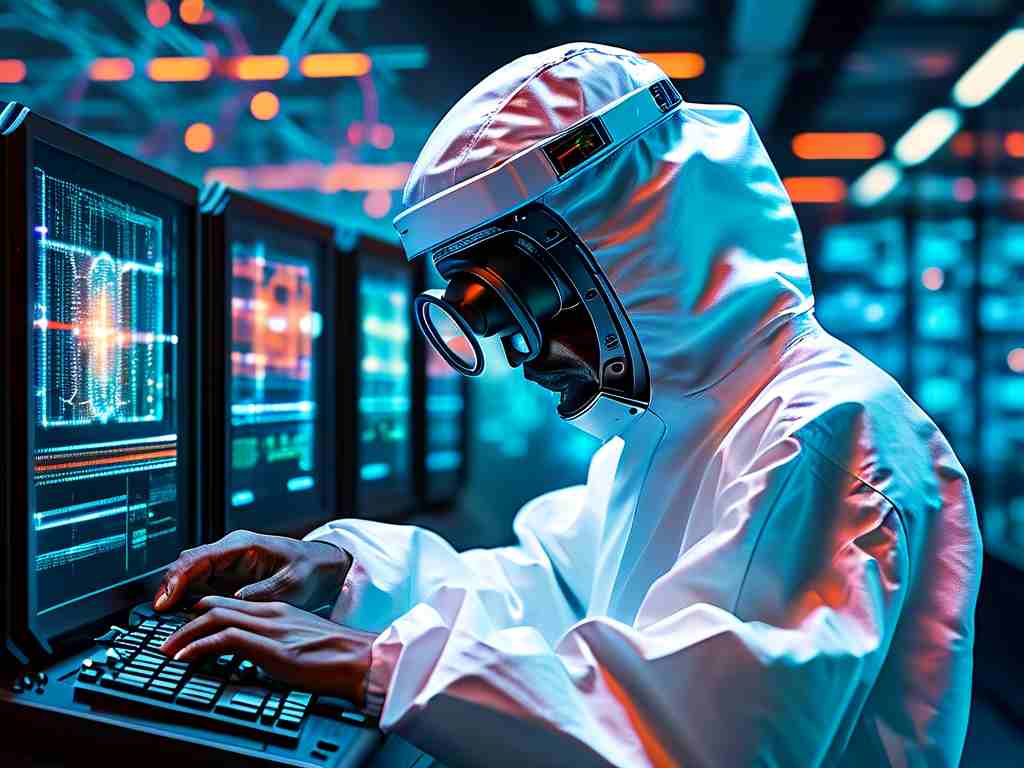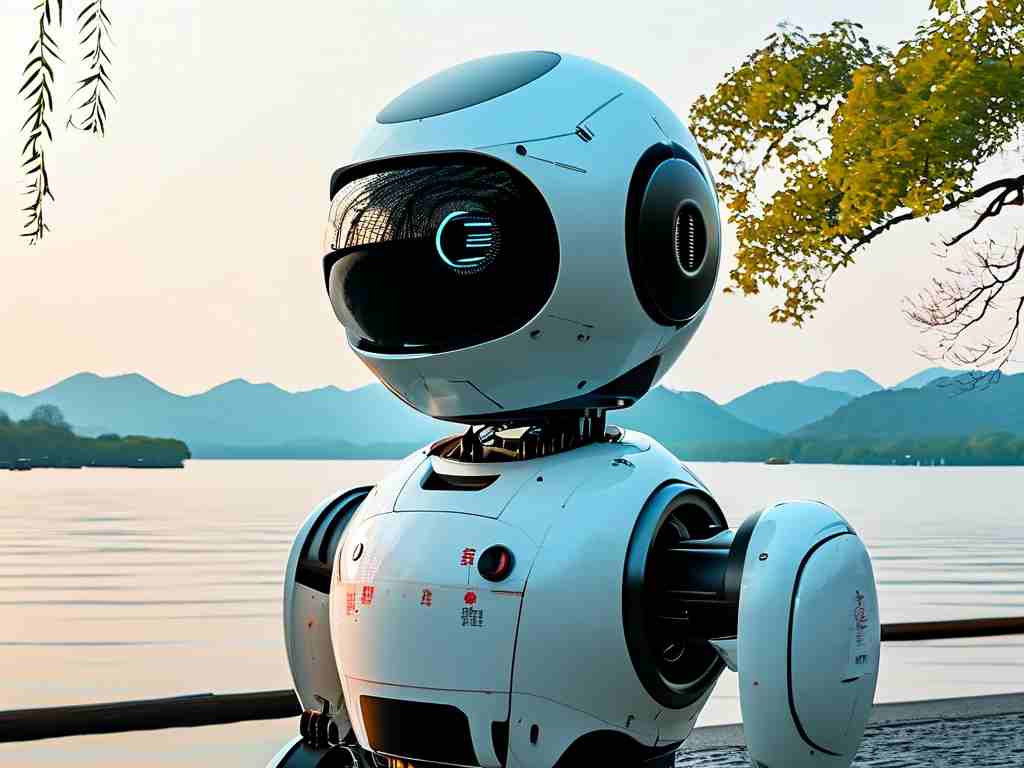Suzhou, a city renowned for its classical gardens and silk production, has emerged as a global hub for technological innovation, particularly in the field of service robotics. Over the past decade, Suzhou's integration of advanced manufacturing, artificial intelligence (AI), and robotics has positioned it at the forefront of China's smart automation revolution. This article explores how Suzhou's technological service robots are reshaping industries, enhancing quality of life, and driving economic growth.

The Rise of Suzhou as a Robotics Powerhouse
Suzhou's transformation into a robotics hub is no accident. The city's strategic location within the Yangtze River Delta, coupled with robust government support for high-tech industries, has attracted leading robotics companies and research institutions. The Suzhou Industrial Park (SIP), established in 1994 as a Sino-Singapore collaboration, now hosts over 2,000 robotics-related enterprises. These range from startups specializing in AI-driven service robots to multinational corporations like ABB and Fanuc, which focus on industrial automation.
The local government's "Made in China 2025" initiative further accelerated this growth. By offering tax incentives, R&D subsidies, and talent recruitment programs, Suzhou has cultivated an ecosystem where innovation thrives. In 2023 alone, Suzhou's robotics industry generated over $12 billion in revenue, accounting for 15% of China's total robotics output.
Applications of Service Robots in Suzhou
Suzhou's service robots are deployed across diverse sectors, demonstrating their versatility and adaptability. Below are key areas where these robots are making an impact:
-
Healthcare and Elderly Care With China's aging population, Suzhou has prioritized healthcare robotics. Hospitals in the city now use disinfection robots equipped with UV-C lights to sterilize wards, reducing infection risks. Companion robots for the elderly, such as those developed by Suzhou-based Keenon Robotics, provide medication reminders, emergency alerts, and social interaction through voice-activated interfaces. These innovations address labor shortages while improving patient and senior care.
-
Logistics and Warehousing E-commerce giants like JD.com and Alibaba have established automated fulfillment centers in Suzhou, leveraging autonomous mobile robots (AMRs) to sort and transport goods. These robots, powered by SLAM (Simultaneous Localization and Mapping) technology, navigate dynamic environments with precision, cutting delivery times by 30%. Startups like Quicktron are pioneering "dark warehouses" that operate entirely with robotic systems, minimizing human intervention.
-
Hospitality and Retail Suzhou's tourism sector has embraced service robots to enhance visitor experiences. Hotels deploy concierge robots for check-ins, room service, and multilingual guidance. In retail, robots like the "Cruzr" by UBTECH assist customers with product recommendations and inventory checks. During the 2023 Suzhou International Tourism Festival, AI-powered tour guides provided real-time historical insights to visitors, blending culture with cutting-edge technology.
-
Manufacturing and Quality Control Industrial robots remain a cornerstone of Suzhou's economy. Collaborative robots (cobots) from companies like Doosan Robotics work alongside humans in assembly lines, performing tasks such as welding and precision inspection. AI vision systems integrated into these robots detect defects at micron-level accuracy, ensuring high-quality output for industries ranging from automotive to electronics.
Technological Breakthroughs Driving Innovation
Suzhou's leadership in service robotics stems from breakthroughs in several key technologies:
- AI and Machine Learning: Local firms like DeepBlue Technology develop algorithms enabling robots to learn from interactions. For instance, Suzhou's "XiaoLong" educational robot adapts its teaching methods based on student responses, personalizing the learning experience.
- 5G Connectivity: The rollout of 5G networks in Suzhou allows robots to process data in real time. Cloud-based robotics platforms, such as those by SIP-based company CloudMinds, enable remote control and swarm intelligence for tasks like disaster response.
- Human-Robot Interaction (HRI): Researchers at Soochow University are refining natural language processing (NLP) models to make robots more intuitive. A recent project involved a restaurant robot that understands regional dialects, catering to Suzhou's diverse population.
Challenges and Future Prospects
Despite its success, Suzhou faces challenges. The high cost of R&D and global competition from robotics leaders like Japan and Germany pressure local firms to innovate continuously. Additionally, ethical concerns around job displacement and data privacy require thoughtful regulation.
Looking ahead, Suzhou aims to expand its robotics applications into agriculture and environmental conservation. Pilot projects include AI-powered drones for crop monitoring and river-cleaning robots to preserve the city's iconic canals. Collaborations with international partners, such as the Suzhou-Singapore Joint Innovation Institute, will further accelerate knowledge exchange.
Suzhou's journey from a cultural gem to a robotics powerhouse exemplifies China's broader ambitions in high-tech industries. By combining technological prowess with practical applications, Suzhou's service robots are not only boosting efficiency but also redefining human-machine collaboration. As the city continues to innovate, it sets a benchmark for smart automation worldwide-proving that even a place steeped in history can lead the charge toward a robotic future.


